Cavity Quantum Optomechanics
Light exerts a force when it reflects from an object. This radiation-pressure force is a central tool in optomechanics, which aims to utilise the
tools of quantum optics to prepare and study quantum states of motion of a mechanical resonator. We pursue research questions addressing the very
foundations of physics and develop optomechanical quantum technologies. Some examples of our recent work in quantum optomechanics includes:
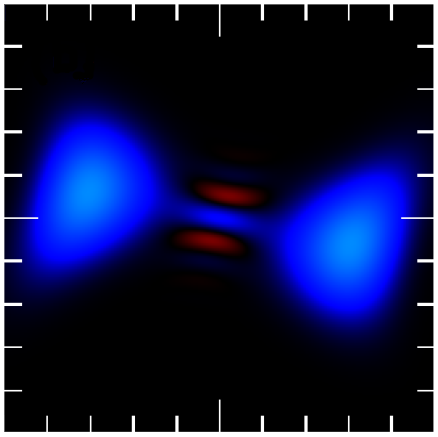
|
-
Developing a theoretical framework for cavity quantum optomechanics that captures both the nonlinear nature of radiation-pressure and the nonlinear phase and amplitude response of a cavity, and proposing how to perform precision position measurement beyond the breakdown of the linearized regime
Physical Review Letters 131, 053601 (2023).
-
Proposing how to generate and verify opto-mechanical entanglement using pulsed optomechanics
[New Journal of Physics 22, 063001 (2020)].
-
Experimentally generating interference fringes in the motion of a mechanical resonator by projection onto an optical NOON state [New Journal of Physics 20, 053042 (2018)], studying how these operations can be used to grow large single-mode mechanical superposition states [Quantum Science and Technology 4, 014003 (2019)], and exploring how such measurement-based techniques can be used to create two-mode Schrodinger-cat states [Quantum Science and Technology 7, 035012 (2022)].
-
Proposing how to perform phonon addition and substraction to a mechanical oscillator using single photon counting
[Physical Review Letters 110, 010504 (2013)],
and utilising such operations in combination with mechanical position measurements for quantum state engineering
[Physical Review A 93, 053818 (2016)].
-
Experimentally performing mechanical position-squared measurements
[Nature Communications 7, 10988 (2016)],
based on exploiting the optical non-linearity of the radiation-pressure interaction
[Physical Review X 1, 021011 (2011)].
-
Proposing a pulsed approach for mechanical cooling and squeezing by measurement, as well as mechanical state tomography
[Proc. Natl. Acad. Sci. USA 108, 16182 (2011)].
We experimentally demonstrated this technique with a cantilever in an initial thermal state and achieved 36 dB of thermal noise squeezing
[Nature Communications 4, 2295 (2013)].
|
Quantum Acoustics via Brillouin Optomechanics
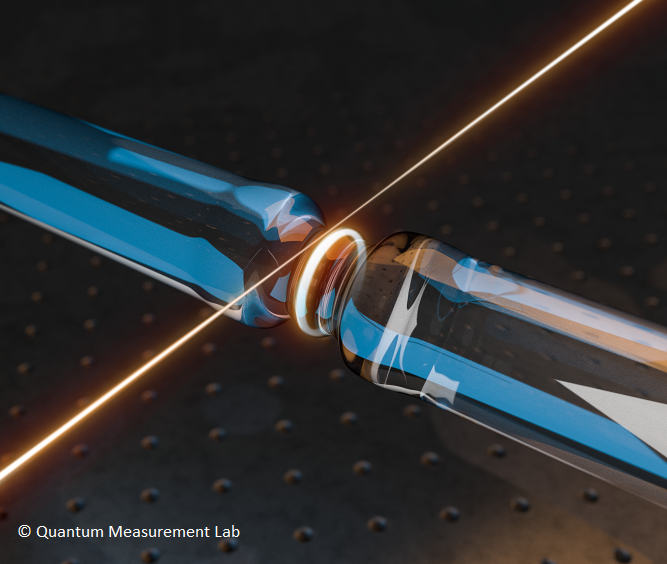
|
Using Brillouin scattering provides a promising new avenue to pursue quantum science and technology. Some of our recent work in this area includes:
-
Performing the first experimental demonstration of Brillouin optomechanical strong coupling to high frequency phonons [Optica 6, 7 (2019)].
-
Experimentally performing single-phonon addition or subtraction to a mechanical thermal state via Brillouin scattering [Physical Review Letters 126, 033601 (2021)].
-
Advancing the state-of-the-art for optics-based mechanical state tomography and observing non-Gaussianity generated via single- and multi-phonon subtraction to a small thermal state [Physical Review Letters 127, 243601 (2021)].
-
Experimentally exploring second-order coherence across the Brilouin lasing threshold [Optica 10, 1432 (2023)].
|
Towards Table-Top Tests of Quantum Gravity
|
How does gravity affect quantum states of massive objects?
Can we find experimental signatures that help light the path to a theory of quantum gravity?
Our team is motivated by these, and related, questions and uses quantum optomechanics as an experimental test-bed to search for potential quantum-gravitational phenomena.
Some of our recent work in this area includes:
-
Developing a scheme how to probe quantum-gravity-induced deformations to the canonical commutator between position and momentum (test the generalized uncertainty principle, GUP)
[Nature Physics 8, 393 (2012)].
-
Proposing a technique to amplify the signal-to-noise ratio of our commutator-probing scheme using an extended pulse sequence
[Physical Review A 96, 023849 (2017)].
-
Studying and contrasting the predictions made by classical and quantum physics for optomechanical protocols using closed loops in phase-space (geometric phases)
[Physical Review A 93, 063862 (2016)].
|
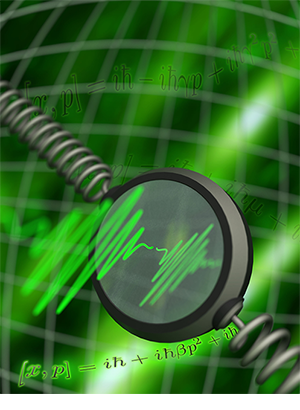
|
Hybrid Quantum Systems
|
Hybrid quantum systems combine the functionalities of two or more experimental systems in order to best utilize the advantages that each system affords or for quantum transduction/networking applications. Some of our recent work in this area includes:
|
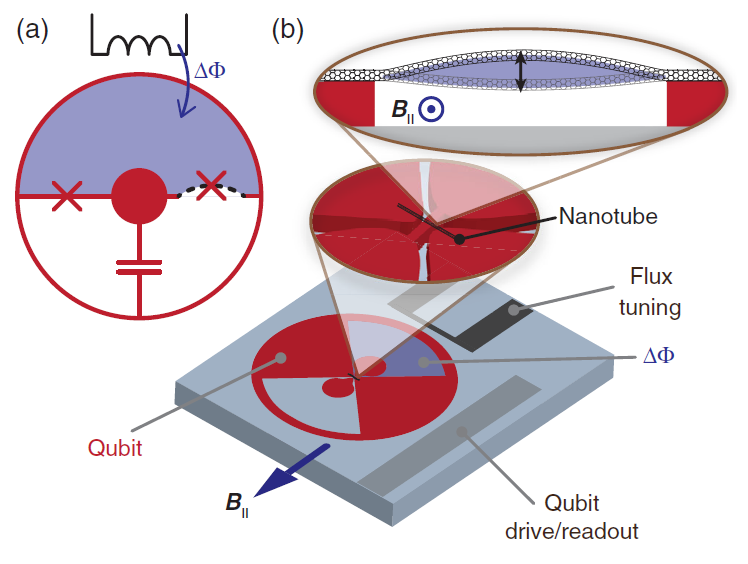
|
Quantum Photonics
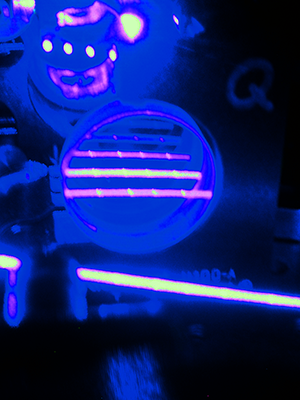
|
The quantum control of light is central to numerous experiments that aim to test the fundamentals of physics and develop new quantum technologies. We are pursuing both experiment and theory in quantum photonics and are interested in quantum sensing, simulation, and information applications. Some of our recent work in this area includes:
|
|





